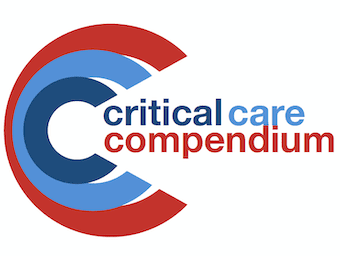
Gas-forming infections
emphysematous cystitis or pyelonephritis - usually E. coli or Klebsiella; emphysematous cholecystitis - 1/3 Clostridium perfringens, the rest are mostly E. coli or Klebsiella
The LITFL Critical Care Compendium is a comprehensive collection of pages concisely covering the core topics and controversies of critical care.

emphysematous cystitis or pyelonephritis - usually E. coli or Klebsiella; emphysematous cholecystitis - 1/3 Clostridium perfringens, the rest are mostly E. coli or Klebsiella

A 30 year-old female was BIBA to the ED following a seizure. She was running a marathon in hot weather. Nearing the end, after 5 hours running, she was seen fall to the ground and had a generalised tonic-clonic seizure.

Diarrhoea: common in ICU; pathophysiology: secretory, motor, exudative, osmotic

Cooling mattress: mattress used for therapeutic active cooling

Cause of HYPOnatraemia Click to enlarge Clinical Severity of symptoms associated with rapidity of loss and extent of fall Complication Correction Depends on rapidity of onset and clinical symptoms Calculations: Na deficit= (desired Na-current Na) x (0.6 x body weight)…

Diffuse alveolar hemorrhage is an acute, life-threatening event, and repeated episodes can lead to organizing pneumonia, collagen deposition in small airways, and, ultimately, fibrosis

Deconditioning occurs as a result of restricted physical activity, and reduces the ability to perform work; can occur with relatively short periods of immobility; affected by age, premorbid state, specific illness and medications

An open fracture is a fracture that communicates with an overlying disruption of the skin and soft tissues. They are also called compound fractures. Open fractures are potentially limb-threatening injuries.

This is the LITFL CCC master page for tracheostomy — follow the links for further discussion of the following:

Water loss in excess of salt deficit. Hypernatremia is usually due to insufficient water (primarily in patients who either do not experience thirst normally, or cannot act on it). Hypernatraemia occurs less commonly associated with excess salt

Observation ward is a short stay ward. Integral part of the emergency department

Mannitol: osmotic diuretic; increases the osmolarity of the glomerular filtrate -> increasing urinary volume; decreases CSF volume and pressure